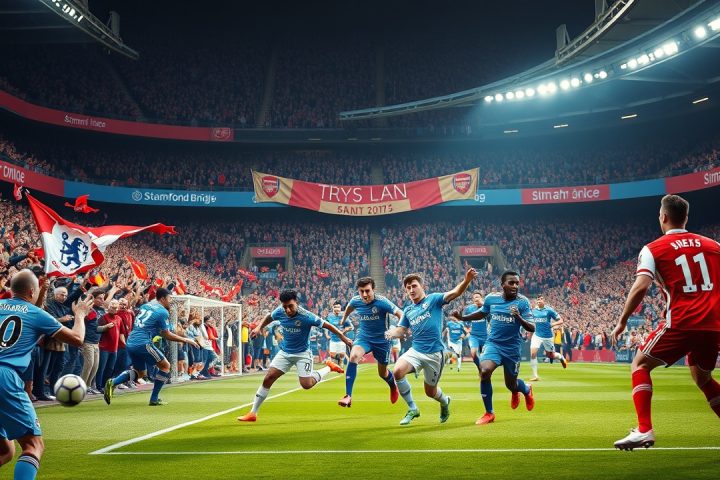Club World Cup: A Brazilian Perspective
In the ongoing Club World Cup, many observers may perceive the competition as a distinctly American event due to its location and the involvement of notable figures like FIFA president Gianni Infantino and former President Donald Trump. However, a closer look reveals that the tournament’s essence is deeply rooted in Brazilian football, which seems to have been overlooked by many.
Statistics and Contributions
Despite the flashy marketing and American flair, statistics tell a different story: out of the 508 players who participated in the initial round of matches, 70 hail from Brazil, accounting for 14%. Comparatively, Argentina contributed 57 players, while Spain had 26. This statistic highlights Brazil’s impressive football footprint globally, reflecting a robust diaspora spread across clubs in various leagues worldwide, including in top European sides like Manchester City and Real Madrid.
Outstanding Club Performance
In terms of performance, Brazilian clubs participating in this tournament have been outstanding. They have played a total of eight matches, resulting in six wins and two draws, with no losses. This is noteworthy considering the high caliber of opponents faced, including Chelsea and Paris Saint-Germain — the reigning European champions, against whom Botafogo achieved a remarkable victory.
Humor and Pride within Brazil
Such successes have sparked a wave of humor and pride within Brazil, with jokes circulating that European teams are seeking to include more Brazilian clubs in the tournament to enhance their chances of winning.
The former Brazilian international Tostao even mused about the potential joy and national pride that would accompany a Brazilian title win.
Historical Context
Historically, Brazilian teams have had strong performances in international competitions. The glory days of the 1960s, marked by legendary players like Pele, saw clubs like Santos triumph in intercontinental contests. Following the inception of FIFA’s Club World Cup in 2000, Brazilian teams enjoyed success, with Corinthians winning the first tournament — a trend that has waned in recent years as European clubs dominated.
Factors Behind the Resurgence
Several factors have contributed to the resurgence of Brazilian clubs at this tournament, including climatic advantages, as the teams are well adapted to playing in warm conditions, unlike their European counterparts.
Moreover, Brazilian football clubs have been on a path of evolution over the last decade, becoming increasingly professional and financially viable. Significant investments and modernization efforts have resulted in training facilities that rival the best in Europe. Recent reforms have also encouraged foreign investments, enhancing the quality and competitiveness of local teams. This transformation is exemplified in clubs like Flamengo and Palmeiras, which have bolstered their squads with both high-level domestic talent and experienced international players.
Future Prospects
The changing landscapes of Brazilian football, coupled with a more open approach to foreign coaching, are revitalizing the game in the country. This shift is evident in the increasing dominance of Brazilian clubs within South America, particularly in the Copa Libertadores, which has seen an unprecedented number of finals contested between Brazilian sides.
Moving forward, Brazilian football has the potential to ascend to new heights. Yet, it faces ongoing challenges, such as an overloaded match schedule and the need for better infrastructure. Nevertheless, the current success of Brazilian teams in the Club World Cup hints at a narrowing gap between them and their European competitors, demonstrating that they are more competitive than many had previously assumed. The sentiment among coaches like Flamengo’s Filipe Luis and Fluminense’s Renato Gaucho suggests an optimism for the future — a future where Brazilian clubs may very well reclaim their standing among the elite in global football.




